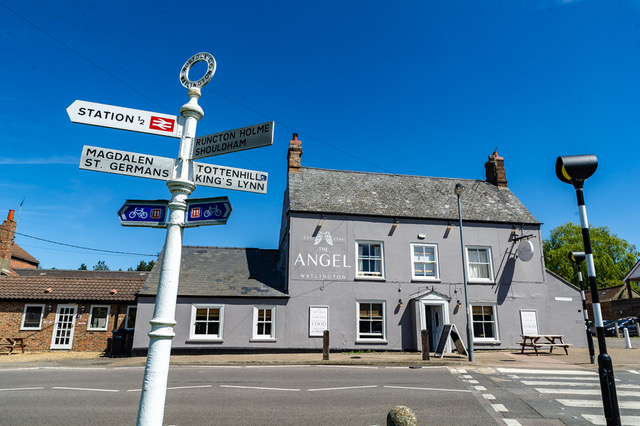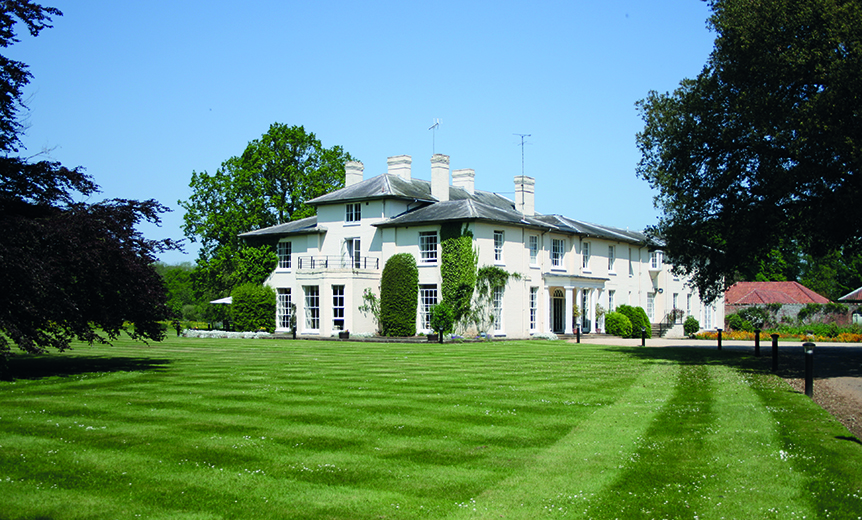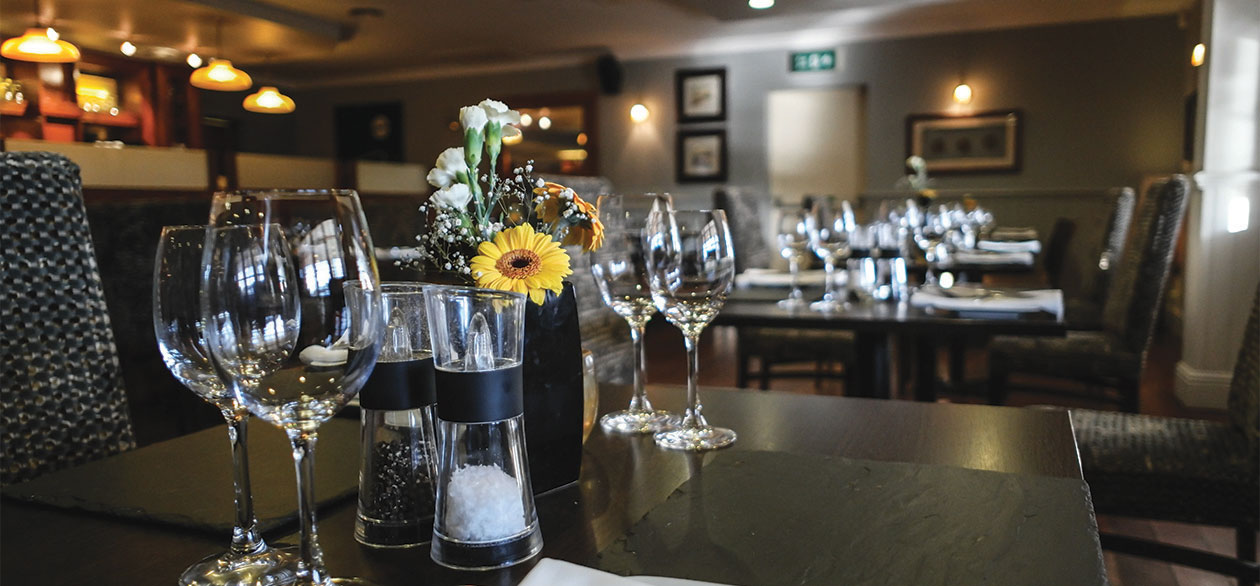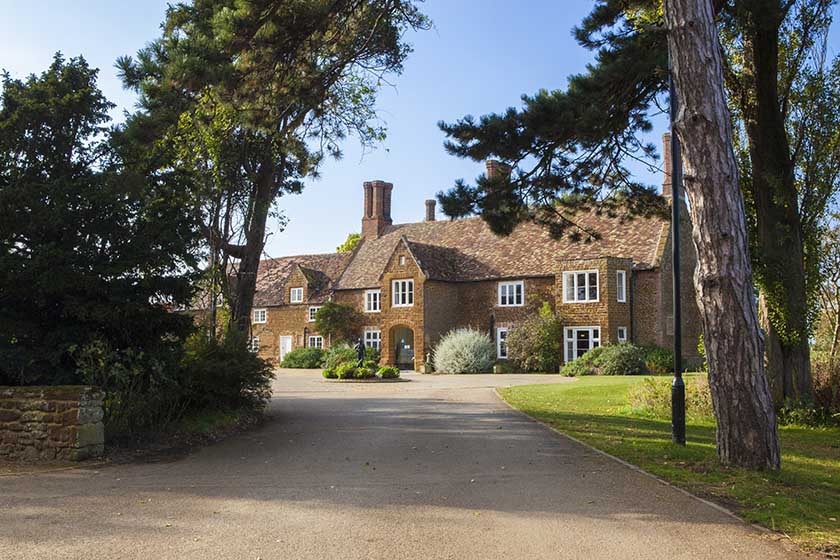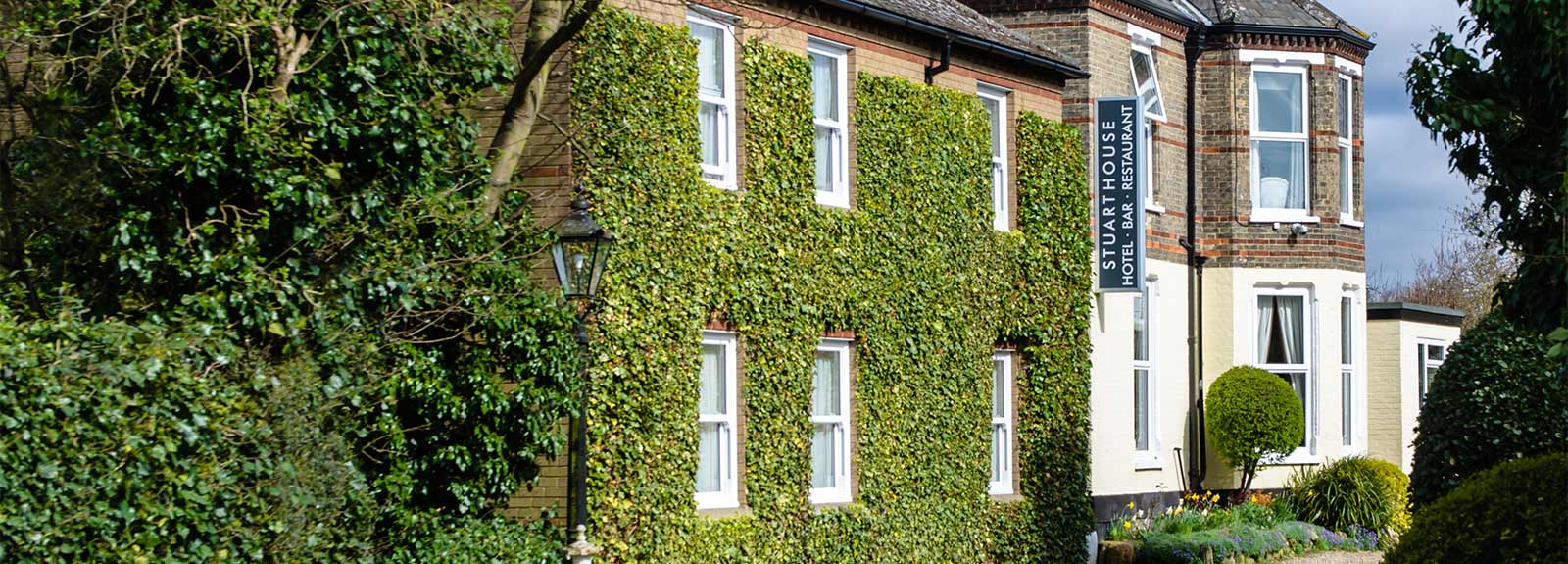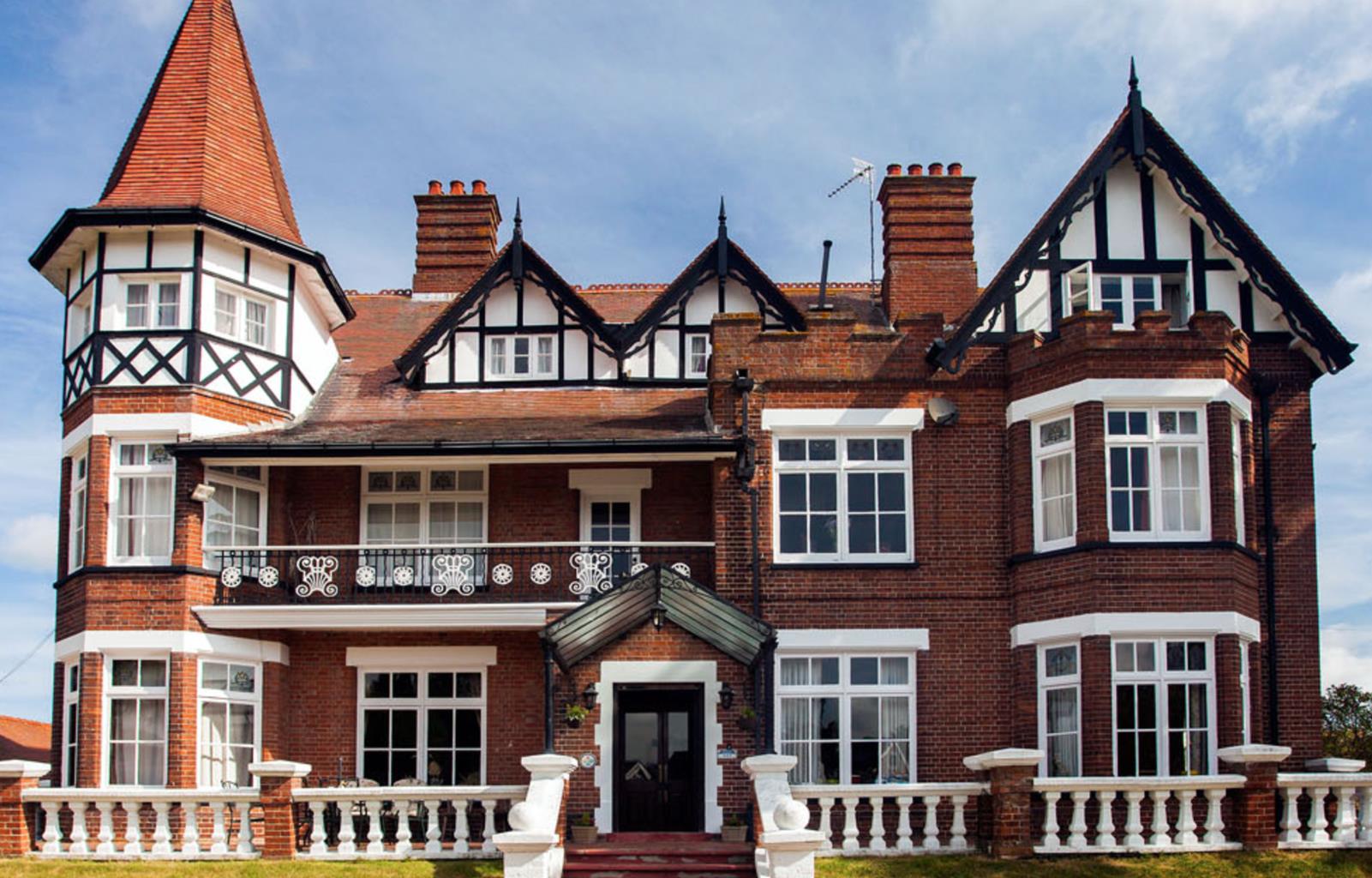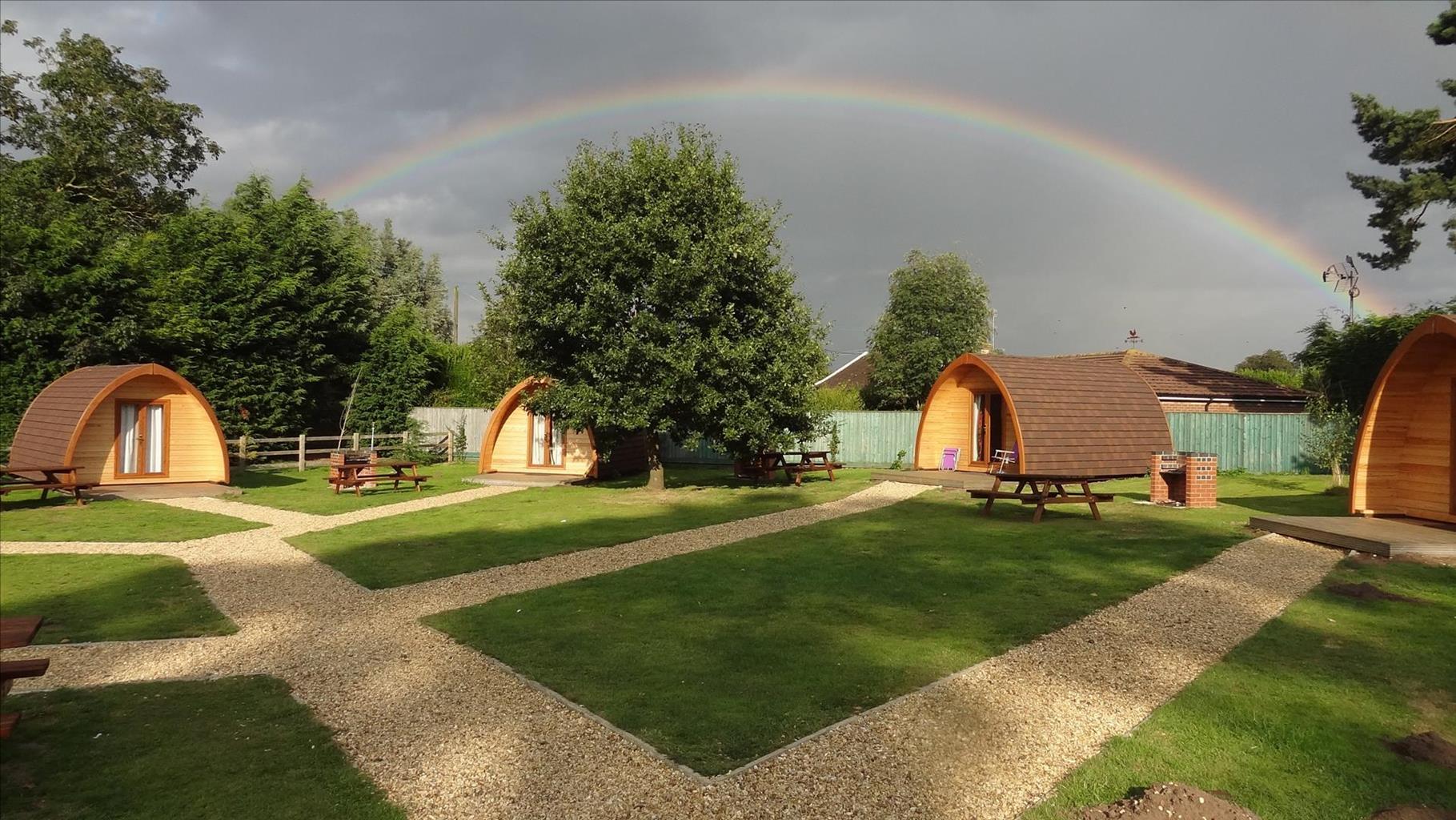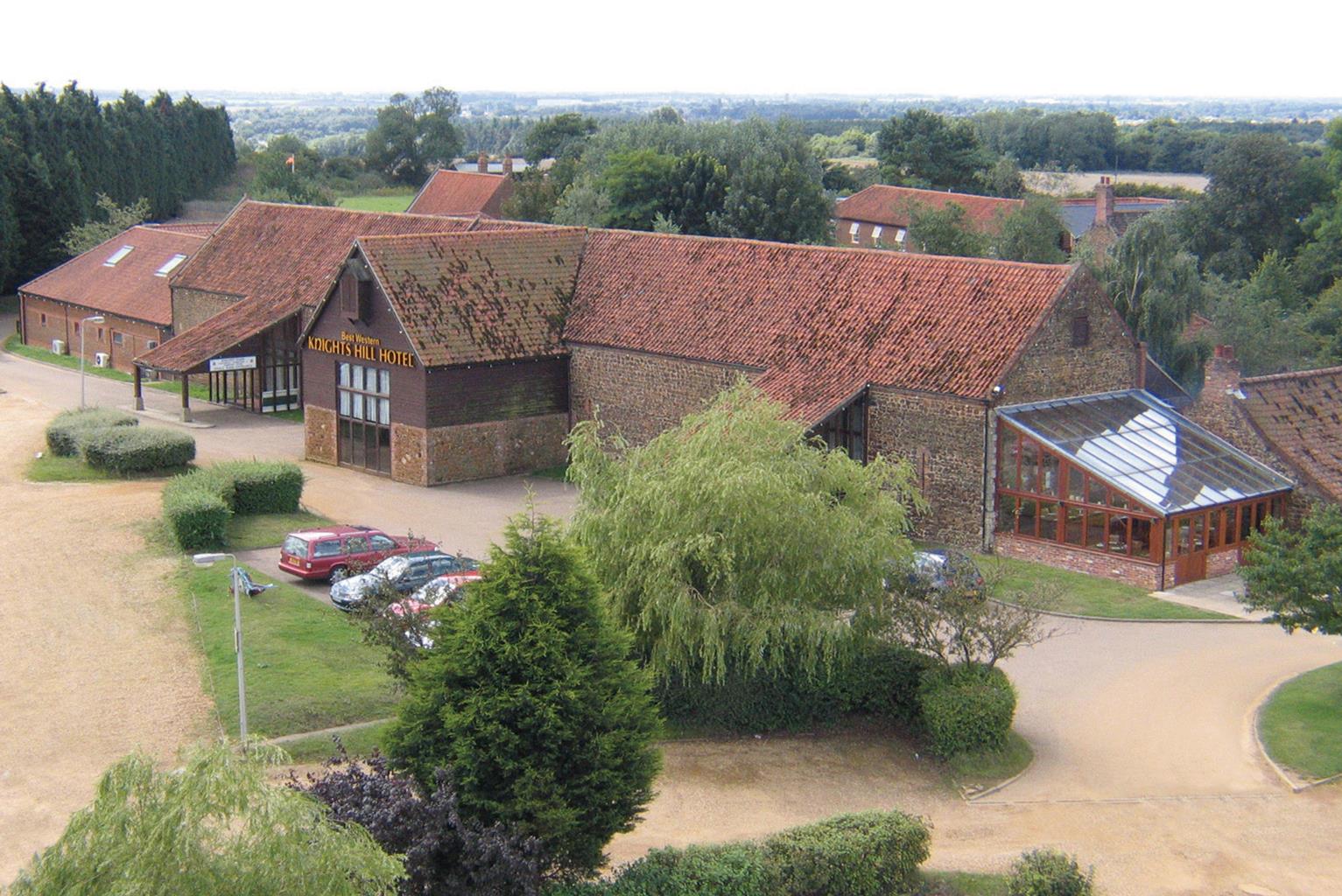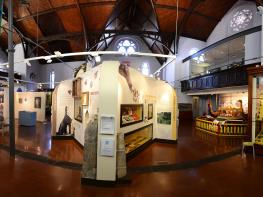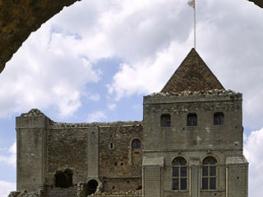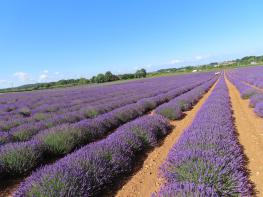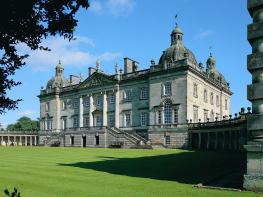Nestled in a secluded area close to the centre of the medieval market town and historic port of…
King’s Lynn and the River Great Ouse

Cobbled lanes lead to the historic port's museums, the river and a ferry ride
4 miles (6.4kms)
About the walk
King's Lynn was originally just called Lynn, and was an unassuming little place. But in the early Middle Ages, things began to take off. Lynn was strategically placed on one of the most important waterways in medieval England and soon a huge amount of trade was passing through. It exported corn from Lincolnshire, lead from Derbyshire, salt from Norfolk and Lincolnshire and, most importantly, wool from the East Midlands. It imported dried cod from Iceland and timber, pitch and resin from the Baltic, as well as Flemish and Italian cloths.
With all these revenues, it became a wealthy place, and Herbert de Losinga, the first Bishop of Norwich, decided he wanted it for himself. It became known as Bishop's Lynn, and so remained until the 1530s, when Henry VIII squashed its ecclesiastical association and named it King's Lynn, after himself. The change in name meant little to Lynn's merchants, who remained prosperous and continued to build their grand houses and churches, many of which can still be seen today.
A chequered history
King's Lynn is an architectural dream, with almost every period represented, ranging from St Nicholas's Chapel, built between 1145 and 1420, to picturesque Burkitt Court Almshouses, built in 1909 in memory of a Lynn corn merchant. One of the most visible landmarks is the Greyfriars Tower, which was part of a Franciscan Friary and was built in the 14th century. The beautifully proportioned Custom House is now a tourist information centre and was originally built in 1683 as a merchants' exchange. St George's Guildhall is the largest surviving guildhall in England. It was built around 1410, and has been used as a warehouse, a store for guns during the Civil War and a court house. It is now the King's Lynn Artscentre and houses an art gallery, a theatre and a coffee shop.
Not all of Lynn's history has been a tale of success and prosperity. The town suffered during the Civil War, when Cromwell's Parliamentarians besieged the Royalist troops stationed here. In 1643 a cannon ball went through the west window of St Margaret's Church. The town also endured terrible floods, and the water levels are marked near the west door of St Margaret's. King's Lynn is a charming town, whether you are interested in walks laden with history, parks and gardens, or in shopping and eating.
Walk directions
From the car park, head for King's Lynn Auction Rooms, pass the fitness centre and swimming pool and cross the road to the park. Take the path towards the Church of St John the Evangelist.
Turn right by the pond. On a little knoll to your left is the redbrick Chapel of Our Lady of the Mount, built in 1485 for pilgrims travelling to Walsingham. When you reach the ruinous walls of the town's defences, continue on the path straight ahead with the football ground to your left.
Keep straight ahead into Guanock Terrace, passing The Beeches guest house and Lord Napier pub to the statue of Mayor Frederick Savage. Bear left at London Road towards the 15th-century South Gate, then cross the road. Walk past the Gate and turn right at the roundabout. Cross a bridge over the river and take the Nar Valley Way, signposted to the right immediately after the bridge.
This is the final stretch of the Way, which follows the river to the Nar Outfall Sluice, where it meets the Great Ouse. Keep to the bottom of the bank until about 150 yds (137m) after a sharp left bend. Scramble up the bank and walk away from the river, beside a concrete wall, until a handgate leads onto a road. Turn right along the road to the sluice and then take the path to the left along the east river bank. After 0.75 miles (1.2km), turn right over the bridge.
Turn right on the far side of the bridge onto the Fen Rivers Way. Follow this path for just over a mile (1.6km), with views across the river to King's Lynn. Initially, the path is grassy, but then becomes a raised walkway leading to the ferry station.
Take the ferry (runs every 20 minutes) back to King's Lynn. Walk up Ferry Lane as far as King Street. Turn left to see the Tuesday Market Place with its 750-seat Corn Exchange concert hall.
Retrace your steps past Ferry Lane and continue to Purfleet Quay, which houses the Custom House and a statue of explorer George Vancouver, Lynn's most famous son. At the end of the quay, cross the bridge and walk across the square. Take a narrow lane opposite to reach cobbled King's Staithe Lane. Turn right to return to the river bank, then head left to Thoresby College, built in 1500 for 13 chantry priests. Turn left to walk along College Lane to reach the Saturday Market Place. Bear right and then left, passing the attractive chequered Town Hall and Old Gaol House, with St Margaret's Church dominating the square.
Turn left onto the pedestrian High Street for a flavour of the modern town. At the crossroads, turn right along New Conduit Street, then right again on Tower Street. Take the alley to the left opposite the Majestic Cinema to return to the car park.
Additional information
Pavements, cobbled streets, grassy river path and steps to ferry
Town buildings and open riverside
Lead required on town streets
AA Leisure Map 6 North West Norfolk
Blackfriar Street car park or St James multi-storey
At car park and various locations in town
<p>Ferry operates 7am–6pm year-round but not on Sundays or Bank Holidays</p>
WALKING IN SAFETY
Read our tips to look after yourself and the environment when following this walk.
Find out more
Also in the area
About the area
Discover Norfolk
The North Norfolk Coast is designated an Area of Outstanding Natural Beauty and probably the finest of its kind in Europe. Here you’ll find a string of quaint villages and small towns – Holkham, Wells-next-the-Sea and Cley next the Sea are 21st-century favourites, while Sheringham and Cromer are classic examples of a good old-fashioned seaside resort where grand Victorian hotels look out to sea. Further round the coast you'll find Great Yarmouth, one of the most popular resorts in the UK and packed full of amusements, shops and seashore entertainment. And let's not forget Norwich, the region's only city.
Norfolk prides itself on its wealth of historic houses, the most famous being Sandringham, where Her Majesty the Queen and her family spend Christmas. Many of Norfolk’s towns have a particular charm and a strong sense of community. The quiet market towns of Fakenham and Swaffham are prime examples, as well as Thetford, with its popular museum focusing on the TV comedy series Dad’s Army which was filmed in the area.
Nearby stays
Restaurants and Pubs
Nearby experiences
Recommended things to do
Why choose Rated Trips?
Your trusted guide to rated places across the UK
The best coverage
Discover more than 15,000 professionally rated places to stay, eat and visit from across the UK and Ireland.
Quality assured
Choose a place to stay safe in the knowledge that it has been expertly assessed by trained assessors.
Plan your next trip
Search by location or the type of place you're visiting to find your next ideal holiday experience.
Travel inspiration
Read our articles, city guides and recommended things to do for inspiration. We're here to help you explore the UK.

